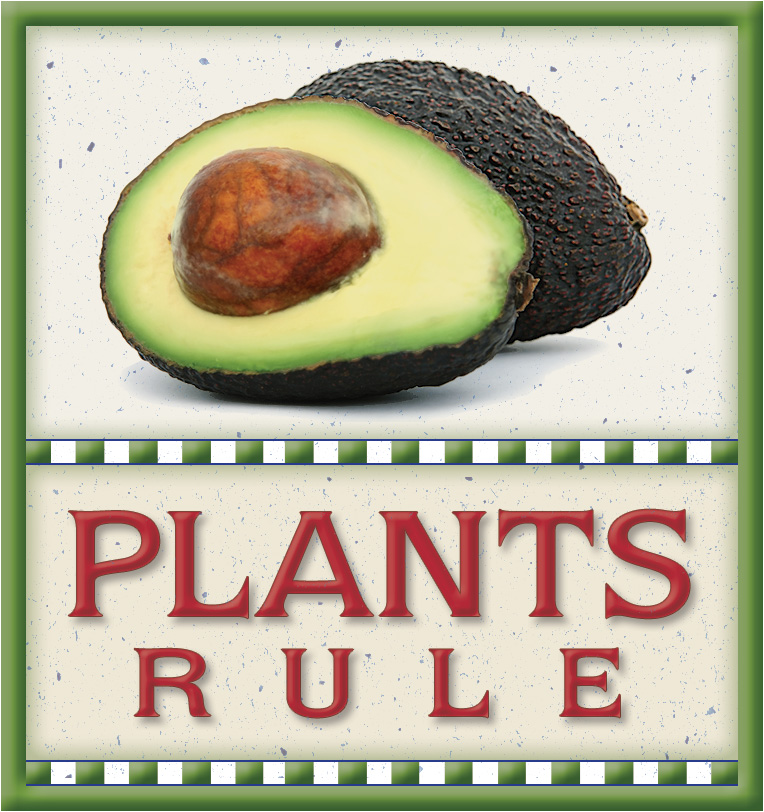Photo by Darrell Wesenberg
The Gene-for-Gene Concept: a Central Tenet in Plant Pathology
by Helga George, Ph.D.
Insights on the interaction between a plant and plant pathogen led to great advances in understanding the mechanisms of disease resistance and susceptibility.
Plants and their pathogens have an intricate web of communications that affects the outcome of their interactions. Sometimes the pathogen is successful and can cause disease, while often the host plant displays successful resistance. Flor discovered a pattern of resistance known as the gene-for-gene concept in which a single gene of the plant pathogen corresponds to a single resistance gene of the host. This knowledge has proven invaluable in plant breeding where researchers use combinations of resistance genes to build cultivars resistant to the most dangerous strains of particular plant pathogens.
Flor’s Advance in Plant Pathology in 1942
Back in the 1940s, before DNA was shown to be responsible for inheritance, a plant pathologist was studying flax rust. In 1942, Harold Flor deduced that a single gene of this fungal pathogen was responsible for the ability of the fungus to cause disease on the flax plant. He also determined that this gene in the fungus corresponded to a particular resistance gene in the flax plant. This interaction was called the gene-for-gene theory. It applies primarily to biotrophic plant pathogens—organisms that require a living host to cause disease.
The Presence of Plant Pathogen and Host Genes Affects Disease Development
The gene-for-gene theory has held up over time and applies to both fungal and bacterial plant pathogens, along with some viruses, parasitic plants, and even insects. It is quite complex, since many pathogens have multiple genes that can affect virulence—the ability to cause disease. Also, plants tend to have many different types of resistance genes. There are many different races of a number of plant pathogens, each with the ability to attack different combinations of plant cultivars, depending on their combination of resistance genes.
An interaction that results in an infection is known as a compatible reaction, while a resistant reaction is referred to as incompatible. Plant pathogens that induce a resistance reaction have Avirulence genes (Avr), dominant genes that produce a product that initiates a response from the plant. For there to be resistance, the plant must have a corresponding Resistance gene (R) to recognize the product. R genes are generally dominant. Infectious pathogens have a recessive avirulence gene (avr) and do not produce any detectible product. They are able to sneak by the plant’s resistance mechanisms undetected and cause disease. With such a plant pathogen, it does not matter if the plant has any resistance genes.
Molecular Plant Pathology Techniques are Applied to the Study of Avr Genes
The development of the gene-for-gene concept was a theoretical breakthrough in plant pathology and led to practical advances in plant breeding. Great advances have been made using the techniques of molecular plant pathology to understand the dynamics of the interaction of Avirulence genes with their hosts. A large number of bacterial and fungal Avirulence genes have been cloned for more detailed study. Many are being found to produce effector proteins. Some of these molecules interact with the plant’s immune system that detects basic microbial signals, such as chitin from fungi or flagellin from bacteria. As more is understood about the basic science of the interaction of these molecules with their host, this knowledge should facilitate additional strategies for plant breeding for disease resistance.
Avirulence Genes Induce Plant Resistance
The fields of plant pathology and plant breeding have benefited from Harold Flor’s insight that led to the development of the gene-for-gene concept. Plant pathogens with avirulence genes are able to cause disease on plants that carry any type of resistance genes, while those with an Avirulence gene that matches a particular Resistance gene will induce the plant to be resistant. These Avirulence genes produce a product that is detected by the plant, primarily proteins that interact with a plant’s basic immune system. Increasing knowledge of the molecular interactions between the pathogen and its host should result in greater disease control of plant pathogens.
References:
Agrios, G.N. 2005. “Plant Pathology.” Fifth edition. Elsevier, Academic Press.
De Wit, P.J.G.M., Mehrab, R., Van Den Burg, H., and I. Stergiopoulos. 2009. “Fungal effector proteins: past, present and future.” Molecular Plant Pathology. 10(6):735-747. abstract
QUICK LINKS TO ALL
Suite.io Articles
by Helga George, Ph.D.
AGRICULTURAL SCIENCE
• Polyphenol Oxidase Enzymes Cause Browning of Fruits and Vegetables
CHEMICAL ECOLOGY
• Domoic Acid Poisoning in Sea Lions
• Insects that Make Cyanide
PLANT PATHOLOGY
• Plants Produce Chemicals as a Defense Against Pathogens
• Wheat Rust Threatens World’s Wheat Crops
• Biotrophic Versus Necrotrophic Fungi
• Fungal Haustoria Absorb Nutrients from Living Plant Cells
• The Gene-for-Gene Concept: a Central Tenet in Plant Pathology
GARDENING
• Oenothera speciosa—a Drought Tolerant Perennial Groundcover
• The Magic Lily—a Drought Tolerant Species of Lycoris
SOIL MICROBIOLOGY
• Streptomyces, Antibiotics, and Microbial Conflict in the Soil
AGRICULTURE IN SANTA BARBARA COUNTY
• Chrysanthemum White Rust Outbreak in Southern California

